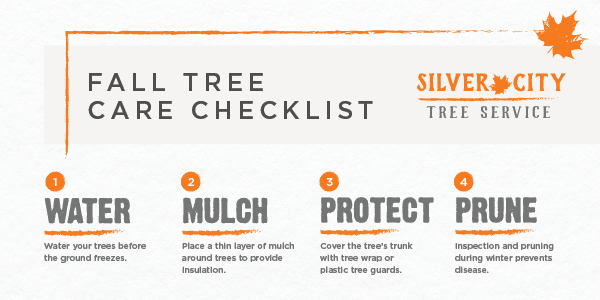Seek Significant Cautions That Your Tree Could Be A Danger; Knowing These Can Aid Secure Your Home And Your Family.What Should You Keep An Eye Out For Next?
Seek Significant Cautions That Your Tree Could Be A Danger; Knowing These Can Aid Secure Your Home And Your Family.What Should You Keep An Eye Out For Next?
Blog Article
Post Composed By-Winther Hubbard
When it pertains to tree care, identifying the signs that it's time for removal is important for your safety and home. You may discover discolored fallen leaves, wilting branches, or odd fungal developments indicating illness. Architectural concerns, like a significant lean or splits in the trunk, can also posture risks. Comprehending these indication can assist you make informed choices concerning your trees and avoid possible dangers hiding in your yard. What should you seek following?
Indications of Decay and Disease
When you notice indications of degeneration and disease in your trees, it's essential to act rapidly. Try to find discolored leaves, wilting branches, or unusual growths like fungus. These can show that your tree is having a hard time.
If you see splits in the bark or soft, mushy timber, these signs suggest interior decay. In addition, an unexpected increase in pests around your tree can signify that it's weakened and vulnerable.
Check for any type of dead or passing away arm or legs, as they present a risk to your residential property and safety. If you're uncertain regarding what you see, speaking with an arborist can supply clarity.
Resolving https://dailygazette.com/2020/04/25/many-tree-varieties-available-locally-experts-offer-planting-tips/ can conserve you from much more substantial damages and make certain the wellness of your yard. Do not wait till it's far too late.
Structural Instability and Leaning
As you observe your trees, keep an eye out for any type of indicators of architectural instability or leaning. If a tree leans significantly, it might indicate that the origin system is compromised.
Seek any type of cracks in the trunk or soil around the base; these can signify potential failure. In addition, look for uncommon development patterns, like a lopsided crown, which may recommend that the tree is battling to hold itself upright.
If you discover that the tree leans toward your home, power lines, or other frameworks, it presents a better threat. Don't ignore these indications-- consult an arborist to evaluate the circumstance.
Acting early can stop expensive damages and guarantee your security.
Dead or Dying Branches and Foliage
If you notice dead or dying branches and foliage on your tree, it's a clear indicator that something's wrong.
These harmful locations can show underlying concerns like condition, parasite infestations, or ecological anxiety. When branches lose their fallen leaves or transform brown, they're no longer adding to the tree's wellness. Ignoring these signs could lead to more decline, making your tree much more unsafe.
Dead branches can easily break off throughout tornados, positioning a risk to property and individuals close by. It's critical to analyze the level of the damage.
If the trouble affects a considerable part of the tree, think about seeking advice from a specialist. They can assist identify if removal is needed to guarantee safety and security and preserve the appeal of your landscape.
Final thought
If you notice any indications of degeneration, structural instability, or dead branches on your trees, don't disregard them. These signs can posture major security risks to you and your residential or commercial property. It's always best to get in touch with a specialist arborist that can offer a professional evaluation of your trees. Doing How To Trim A Fruitless Mulberry Tree about it early can prevent crashes and pricey damage, guaranteeing your landscape remains safe and healthy and balanced. Bear in mind, it's better to be proactive concerning tree treatment than to await a calamity to happen.
